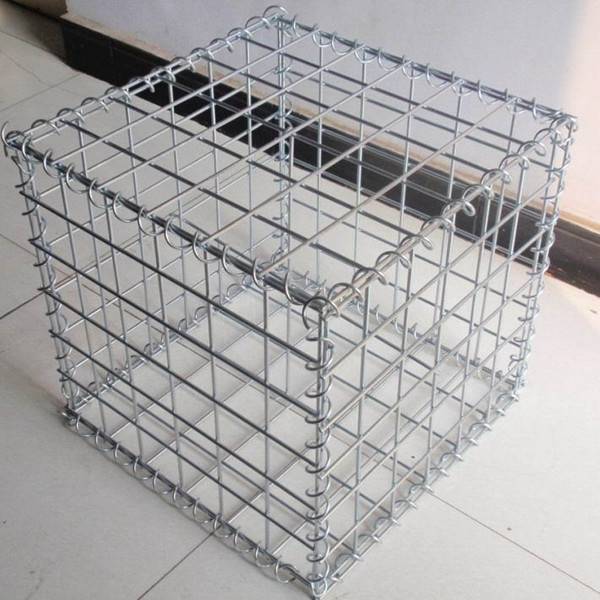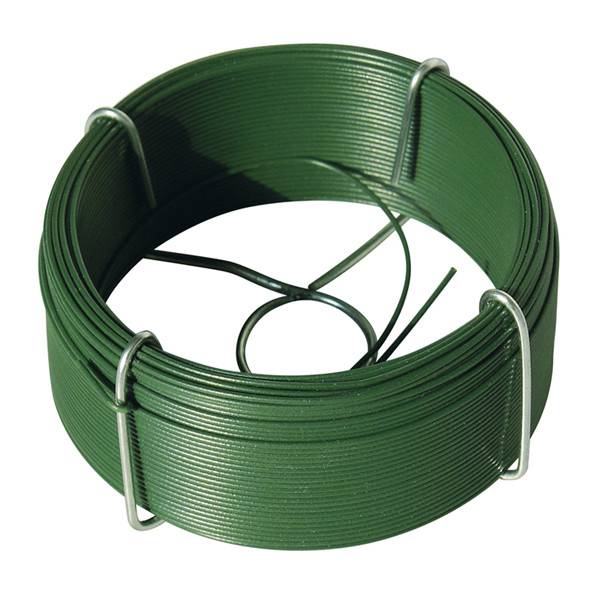
Sep . 23, 2024 21:00 Back to list
Building a Beautiful Garden Gate for Your Outdoor Space
Garden Gate Construction Creating an Inviting Entrance
When it comes to landscaping and garden design, few features can enhance the aesthetic appeal and functional quality of a garden as effectively as a well-constructed garden gate. A garden gate serves not only as an entry point but also as a focal point that can set the tone for the entire outdoor space. This article will explore the various aspects of garden gate construction, including design considerations, materials, and the construction process, to help you create a beautiful and inviting entrance to your garden.
Design Considerations
The first step in constructing a garden gate is to consider the design. The style of the gate should complement the overall design theme of the garden and the architecture of the home. There are several styles of garden gates to choose from, including traditional picket gates, ornate wrought iron gates, rustic wooden gates, and contemporary minimalist designs. Each style has its own charm and can evoke different moods, so it is essential to choose one that resonates with your personal taste and the surrounding environment.
Additionally, the size of the gate should be appropriate for the space it will occupy. A large garden may benefit from a grand entrance with a wide gate, while a small, secluded garden might be enhanced by a more intimate, narrower gate. Furthermore, consider the height of the gate. A tall gate can provide privacy and security, while a lower gate can create a more open, inviting feel.
Material Selection
The choice of materials is crucial in garden gate construction as it influences the gate's durability, maintenance requirements, and overall aesthetic. Common materials for garden gates include wood, metal, and vinyl.
1. Wood Wooden gates are a popular choice due to their versatility and natural beauty. Cedar and redwood are excellent options for outdoor use, as they are resistant to rot and pests. However, wooden gates may require regular maintenance, such as sealing or painting, to protect them from the elements.
2. Metal Wrought iron and aluminum gates are durable and can add a touch of elegance to a garden. Wrought iron gates often feature intricate designs and can be painted in various colors to match the garden's theme. Aluminum gates are lighter and resistant to rust, making them a practical option for humid or coastal areas.
3. Vinyl Vinyl gates are low-maintenance, resistant to fading, and available in various colors and styles. They are an excellent choice for homeowners looking for a long-lasting solution with minimal upkeep.
garden gate construction

Construction Process
Once you have selected the design and materials for your garden gate, it’s time to begin the construction process. The following steps outline a general approach to constructing your gate
1. Planning and Measurement Measure the opening where the gate will be installed, and mark the positions for the hinges and latch. Ensure that the gate will swing freely and will not obstruct any pathways.
2. Building the Frame For a wooden gate, start by building a sturdy frame using treated lumber. Cut the boards to the desired dimensions and assemble them using screws and brackets for added strength. If using metal, follow the manufacturer’s instructions for assembling the frame.
3. Adding Panels If your design includes panels, attach them to the frame using screws or welding (for metal gates). Ensure that the panels are evenly spaced and securely fastened.
4. Finishing Touches Sand and finish the wooden gate with appropriate waterproof sealants or paints to protect it from the elements. For metal gates, consider applying a rust-resistant paint. Attach the hinges and latch to the gate and the gatepost, ensuring that everything functions smoothly.
5. Installation Once the gate is complete, install it in the designated opening. Use a level to ensure that the gate is straight and adjust as necessary. Secure the gateposts in place with concrete if needed.
Conclusion
Constructing a garden gate is a rewarding project that can dramatically enhance the beauty and functionality of your outdoor space. By carefully considering the design, selecting appropriate materials, and following a structured construction process, you can create an entrance that not only welcomes visitors but also complements your garden. Whether you opt for a classic wooden gate or a sleek modern design, your garden gate will serve as a beautiful and inviting threshold to your outdoor sanctuary.
-
Why a Chain Link Fence is the Right Choice
NewsJul.09,2025
-
Upgrade Your Fencing with High-Quality Coated Chicken Wire
NewsJul.09,2025
-
The Power of Fence Post Spikes
NewsJul.09,2025
-
The Best Pet Enclosures for Every Need
NewsJul.09,2025
-
Secure Your Property with Premium Barbed Wire Solutions
NewsJul.09,2025
-
Enhance Your Construction Projects with Quality Gabion Boxes
NewsJul.09,2025
Products categories











